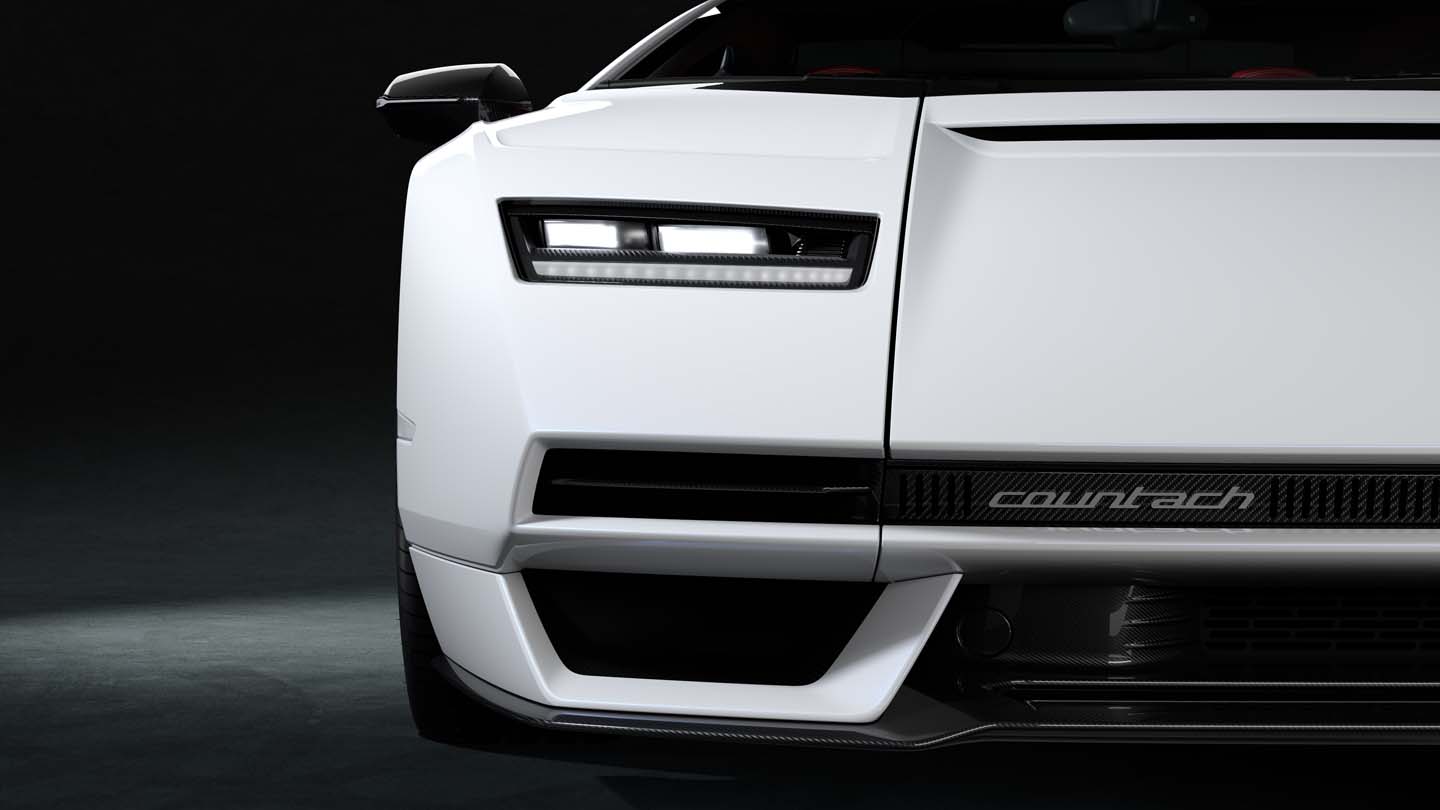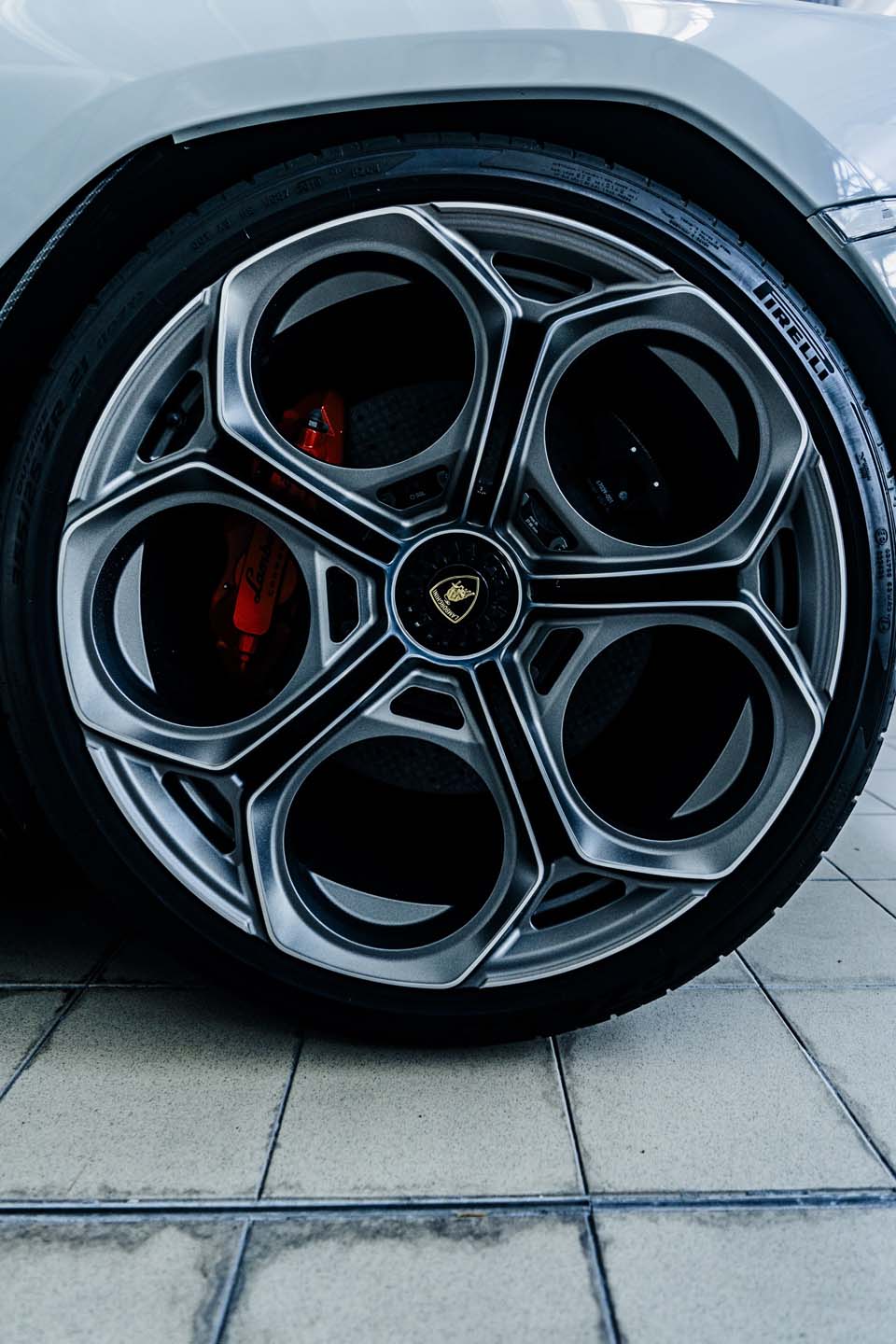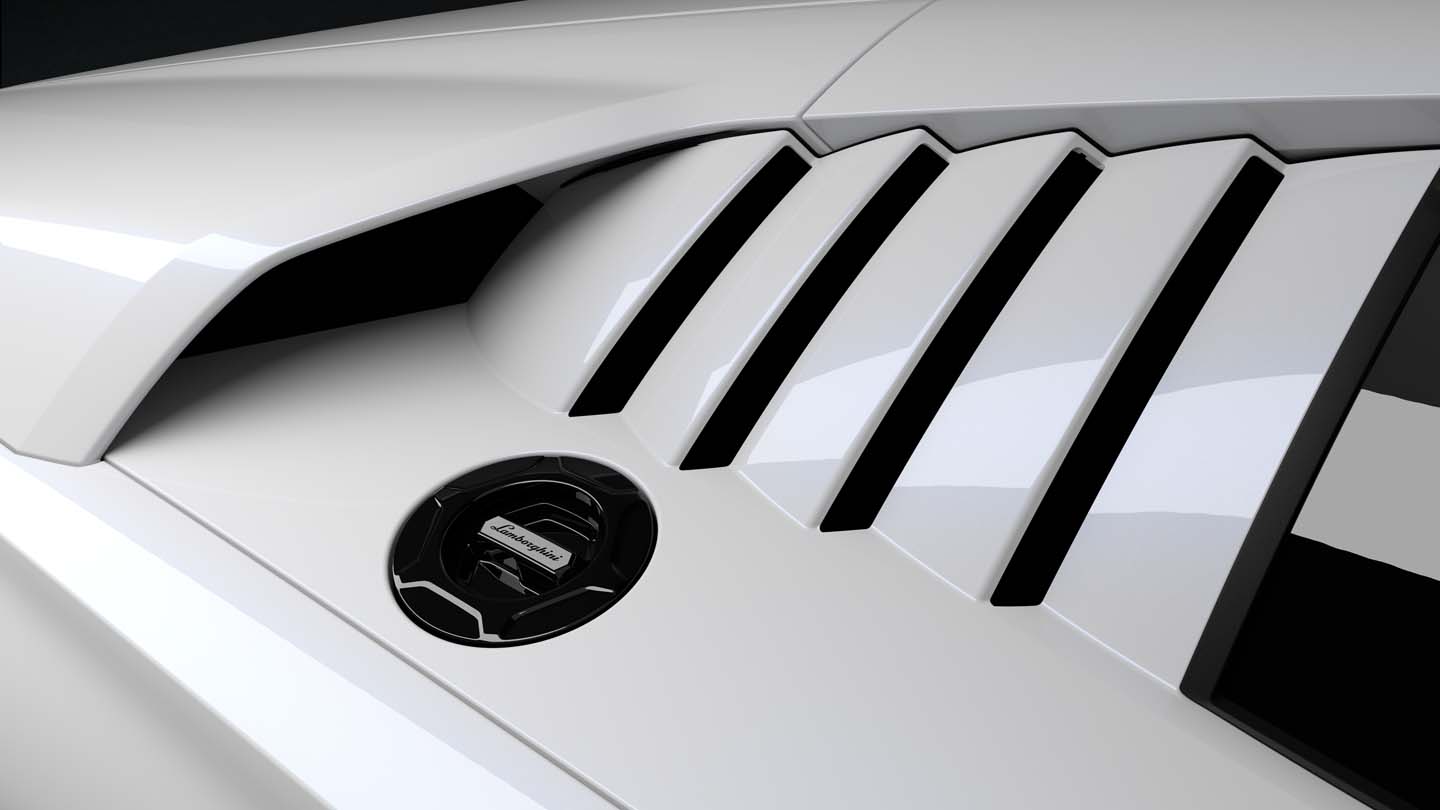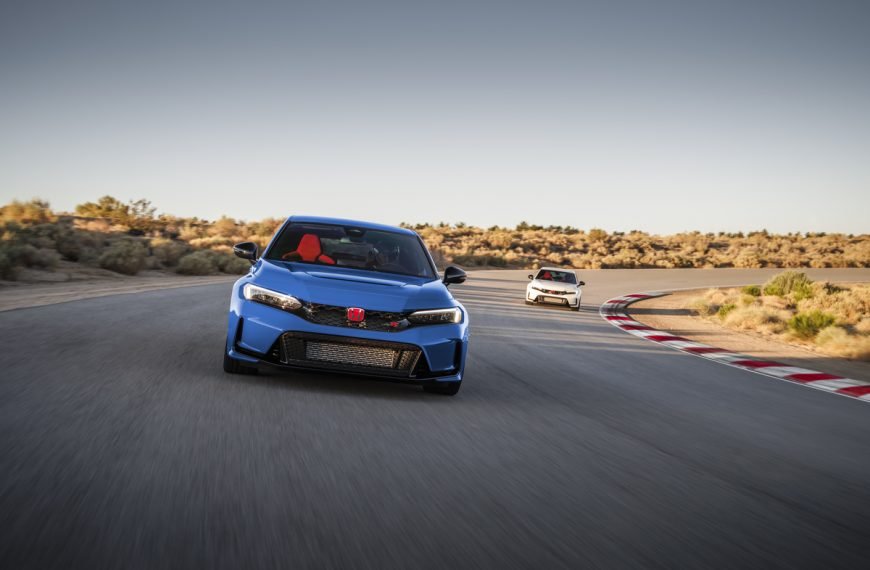The 2022 Lamborghini Countach – An Exercise in Design
A childhood dream car
Ask any child what car they want when they grow up and you’re likely to get a variation of Lamborghini or Ferrari. Through generations of era-defining models, from the Miura to F40, these two manufacturers have become synonymous with extravagance, exclusivity, and pushing the boundaries of both engineering and design. Posters adorning walls may have been replaced with smartphone wallpapers, but the passion for Italian exotics hasn’t slowed down in the modern age. Lamborghini recently released a bombshell in the new Countach, spurring major controversy for some while reigniting that lust for Italian automotive art in others. Let’s take a look.
A nod to the past or look into the future?
At this point in automotive design, it’s not yet clear whether the new Countach is simply a tribute car or meant to signify a direction in design philosophy for Lamborghini (though we sincerely hope it’s the latter).
First revealed at the 1971 Geneva Motor Show as the LP 500, the original Countach prototype took an unconventional approach to car design by introducing trapezoidal shapes and sharp angles to what was formerly a “curvy” car brand. The wedge of a car was set to influence Lamborghini’s design moving forward and took a more serious approach to performance in the form of high-speed stability and aerodynamics. It was the first production car to incorporate scissor doors and the overall look was meant to “wow” audiences.
Legend has it that the “Countach” name originated from when the wood model predating the LP 500 prototype procured a “Countach!” (actually spelled contacc and meaning “wow!” in Piedmontese dialect) from the security guard on duty at the factory where it was being held. The production version did just that and continued to wow audiences throughout a 16 year production run of just under 2,000 cars from 1974-1990.
However, unlike it’s predecessor, the new Countach LPI 800-4 has a limited production run of just 112 units – further lending to the idea that this may just be a celebration of the original’s 50th anniversary. Regardless of its purpose, we feel the angular design pays proper homage to the original while utilizing modern technology and understanding of aerodynamics. As a diehard fan of 80’s car design, the aggressive corners and in-your-face character of the new Countach tap into a deep-engrained yearning for a childhood dream car. The late 70’s and 80’s period of car design explored what they believed cars of the future would look like, and for that, they look like nothing else on the road today. Little did designers know of the impending wave of generic computer-designed appliances that would overtake commutes and super-mall parking lots around the world.
Controversy inbound
Although its looks have been polarizing since the first Countach’s inception, the new model adds a layer of controversy, with many arguing that it’s just a reskinned Aventador and cheap attempt at swindling cash from millionaires who don’t know better (did we mention the new car ranges from $2.5 million to $3 million?).
In all fairness, they’re not far from the truth. The car does share the same platform as the now decade-old Aventador. The 6.5-liter V12 engine paired with a 48-volt electric motor pump out an impressive combined 802hp and 557 lb-ft of torque, but it’s the same powerplant as that seen in last year’s Lamborghini Sian.
Let’s take a step back though. Is that necessarily a bad thing? It seems that all of the Countach’s critics are lamenting at the fact that the car isn’t the same groundbreaking release as the original was in the 70’s; but with the looming electrification of all cars on the horizon, a V12 engine (albeit hybrid) is a welcome sight in 2021. Few engines are as iconic as a screaming Lamborghini V12, and considering that all 112 Countaches have reportedly sold out, buyers of the car don’t seem to care much about it sharing parts with existing models. Purists may scoff at the Aventador-with-bodykit-Countach, but I like to think of it as a celebration of heritage and an exercise in design. Had Lamborghini pulled a Mustang Mach-E or Mitsubishi Eclipse Cross with a Countach SUV (I shudder at the thought), we’d be having an entirely different conversation.
Exotic cars have always been about compromise, and Lamborghini deemed that letting their designers loose on a retro-futuristic Countach at the cost of having to dig into their parts bin was worth the tradeoff. As a fan of the original and someone who never planned on buying the new Countach (I seem to have misplaced my briefcase with $3 million, have you seen it?), I applaud them for their efforts and will happily adorn my iPhone’s wallpaper with its presence.




















